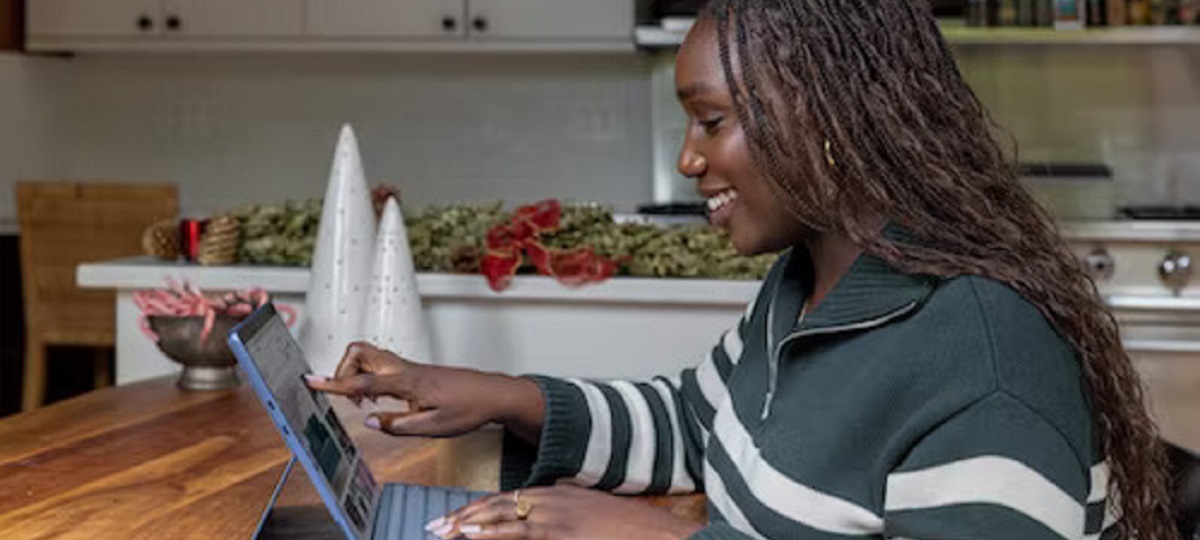In this comprehensive guide, we aim to provide you with a thorough understanding of lump near anus female not painful, including their causes, symptoms, and management options. While encountering such a concern can be distressing, it is crucial to educate yourself about the possible causes and seek appropriate medical attention. By addressing this issue promptly, you can ensure your well-being and take the necessary steps towards relief.
Understanding Lumps Near Anus in Females
What are Lumps Near the Anus?
Lumps near the anus, also known as anal lumps or perianal lumps, refer to abnormal growths or swellings that occur in the region surrounding the anus. These lumps can vary in size, shape, and texture, and may cause discomfort, pain, or itching.
Common Causes
Several factors can contribute to the development of lumps near the anus in females. It is important to note that self-diagnosis is not recommended, and consulting a healthcare professional is essential for an accurate diagnosis. Some common causes of anal lumps include:
- Hemorrhoids: Swollen blood vessels in the anal canal that can lead to lumps and discomfort.
- Anal Fissures: Small tears in the anal lining that can cause painful lumps.
- Skin Tags: Non-cancerous growths that often result from prior hemorrhoids or anal fissures.
- Abscesses: Infected pockets of pus that can form near the anus.
- Bartholin’s Cysts: Fluid-filled sacs that occur near the opening of the vagina and can cause discomfort in the anal area.
- Genital Warts: Caused by certain strains of the human papillomavirus (HPV), these warts can develop in the anal region.
Symptoms and Diagnosis
Symptoms Associated with Lumps Near Anus in Females
The symptoms of lumps near the anus can vary depending on the underlying cause. Some common signs and symptoms include:
- Pain or discomfort during bowel movements
- Swelling or inflammation in the anal region
- Itching or irritation
- Stool or toilet paper with blood
- Discharge from the lump
- Redness or tenderness
Seeking Medical Diagnosis
If you notice any lumps or experience persistent symptoms in the anal area, it is crucial to consult a healthcare professional for an accurate diagnosis. They will do a physical examination and could suggest other tests like:
- Anoscopy: A procedure where a small, flexible tube with a camera is inserted into the anus to examine the anal canal and rectum.
- Digital Rectal Examination (DRE): A manual examination of the rectum and anus using a lubricated, gloved finger.
- Biopsy: A tiny tissue sample could be collected in some circumstances for further examination.
Management and Treatment Options
Conservative Measures
For certain cases, conservative measures can provide relief and manage symptoms associated with lumps near the anus. These may include:
- Maintaining good hygiene in the anal area, including regular cleaning with mild soap and water.
- Consuming a high-fiber diet to soften stools and prevent straining during bowel movements.
- Using over-the-counter topical creams or ointments to reduce inflammation and alleviate discomfort.
- Applying warm compresses to the affected area to promote healing and relieve pain.
Medical Interventions
Depending on the underlying cause and severity of the condition, medical interventions may be necessary. These may include:
- Rubber Band Ligation: A procedure where a rubber band is placed around the base of a hemorrhoid to cut off its blood supply, causing it to shrink and fall off.
- Sclerotherapy: Injection of a chemical solution into the hemorrhoid, causing it to shrink and wither away.
- Surgical Excision: Surgical removal of the lump or affected tissue in more severe cases.
Prevention and Self-Care
To prevent the occurrence or recurrence of lump near anus female, consider the following self-care measures:
- Maintain regular bowel habits and refrain from straining while going to the toilet.
- Consume a balanced diet rich in fiber to promote smooth and regular bowel movements.
- Stay adequately hydrated to prevent constipation.
- Avoid prolonged sitting on the toilet.
- Practice safe and protected sexual activity to reduce the risk of sexually transmitted infections.
When to Seek Medical Attention
While conservative measures may provide relief in some cases, it is essential to consult a healthcare professional if:
- The lump persists or worsens despite home care measures.
- The lump is accompanied by severe pain, bleeding, or discharge.
- You experience difficulty or pain during bowel movements.
- You notice any changes in the size, shape, or appearance of the lump.
Conclusion
In conclusion, lump near anus female can be caused by various factors, including hemorrhoids, anal fissures, skin tags, abscesses, Bartholin’s cysts, or genital warts. It is important to seek medical attention for an accurate diagnosis and appropriate management options. By understanding the causes, symptoms, and treatment strategies associated with lumps near the anus, you can take proactive steps towards improving your health and well-being.
